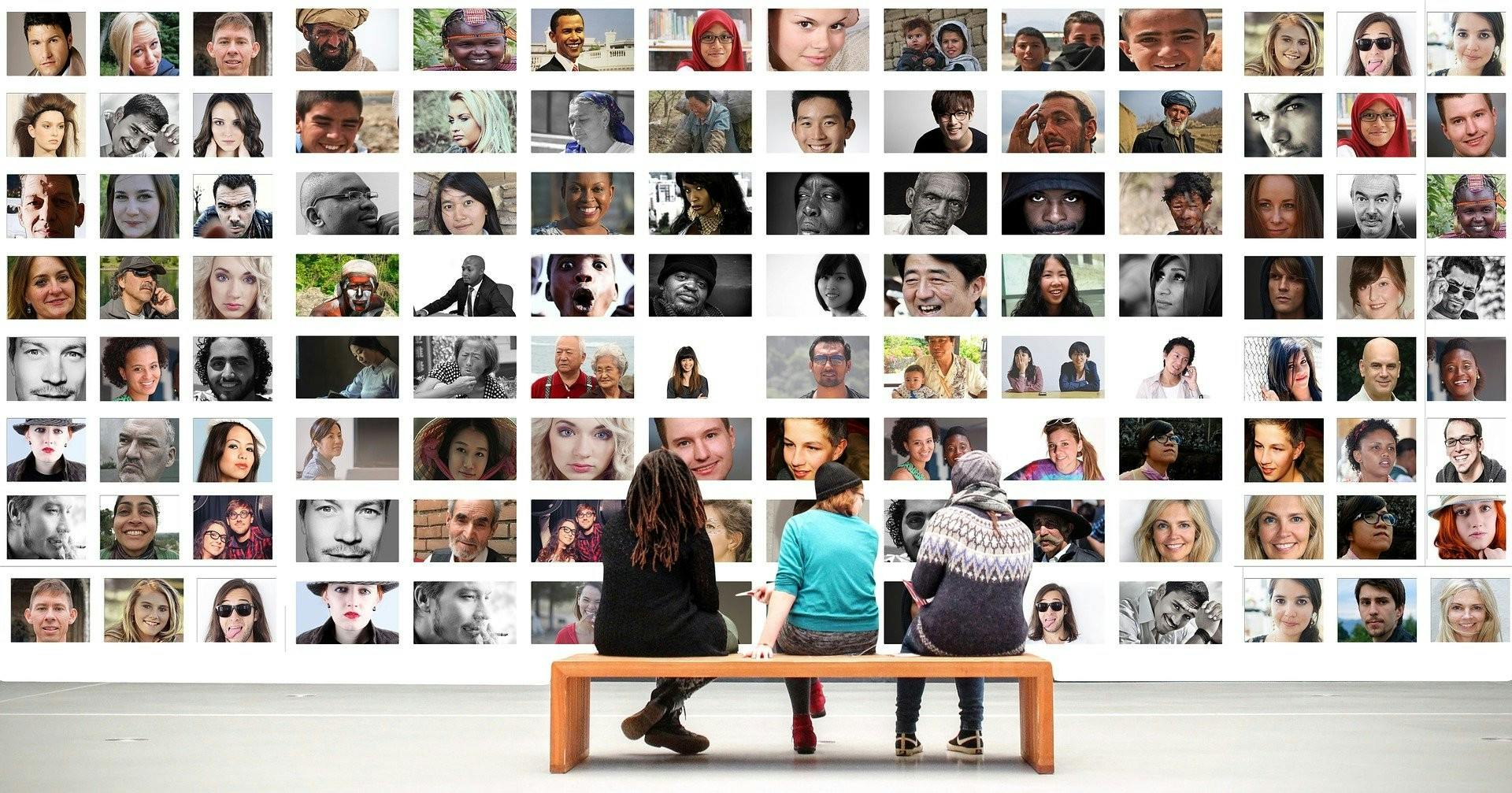SourceCon Digital 2.0 was unlike any conference I attended in the past. I am used to traveling to a fabulous destination to meet with some of the most talented recruiting professionals in our industry. Even though this year was to be virtual, I was so excited to hear the speakers. While perusing the agenda of the sessions, I decided to attend one titled “How to be a True Diversity Sourcing Ally,” presented by Kevin Walters, Lead Diversity Sourcing Recruiter for Amazon
Allyship – What?
As the presentation started, I heard a term that was unfamiliar to me – allyship? What is that? Allyship is the practice of emphasizing social justice, inclusion, and human rights to advance individuals who are part of an oppressed or marginalized group. Now it was becoming clearer – we can be sourcing allies and contribute to making changes in the recruitment process, which can improve diversity and inclusion efforts for an organization.
Kevin’s presentation included statistics related to bias from Deloitte’s 2019 study of inclusion – “64% of workers surveyed felt they had experienced bias in the workplace in the last year, and of those, 61% felt they experienced bias in the workplace at least once a month.” Shocking numbers to say the least, and clearly an indicator of how changes need to made to eliminate bias.
How Can You Eliminate Bias?
We learned about the various types of bias, such as conformity bias, affinity bias, attribution bias, beauty bias, gender bias, age bias, name bias, confirmation bias, perception bias, similarity bias, and race bias. With so many, there needs to be changes made.
I learned tips on how to reduce bias during the hiring process, such as asking candidates to take a work-sample test or removing adjectives closely associated with a particular gender in a job description. Want to eliminate bias in the workplace? Mentoring and coaching people who are not like you is a great start.
How can you eliminate bias during the recruitment process? One example I learned about was blind hiring, the stripping of information from resumes, which may reduce bias in recruiting. Some potential red flags include name, address, dates for things like college graduation & name of college, hobbies & interests, and volunteer work.
There are many tools that can help an organization with this, including Entelo, which has an unbiased sourcing mode, and SeekOut, which has diversity tags you can select.
Engaging Diverse Talent
What I found very impressive were ways to engage diverse talent. Kevin listed some approaches many of us can use, including:
- White-Glove Approach: Referencing hobbies, work, school, background
- Avoid bias by “screening in” vs. “screening out”
- Leveraging under-represented minority (URM) networks, affinity groups, and ERGs, such as the National Society of Black Engineers (NSBE), Women in Technology (WIT), Latinos in Science and Engineering (MAES) or CIRCLE
- Leverage your internal hiring managers – 56% are more likely to respond to a hiring manager
- Be personal!
Where to Start?
Kevin highlighted many takeaways, such as email reach-out examples, and planning terminology to build effective Boolean strings to recruit indigenous individuals and members of diverse organizations. For example, an X-ray example to find NSBE members on LinkedIn would look like this:
site:linkedin.com/in (NSBE) (he OR him) (“hardware engineer” OR process engineer”)
The example given provides over 5,000 potential leads which could include that perfect fit for a position you are trying to fill.
Just using Boolean, hiding candidates’ race, gender, or alternative classifications, pronouns, image search, name search, diverse organizations and AI-powered software tools like XXXX does not necessarily make you a diversity ally. As Kevin explained, there is more if you want to consider yourself a diversity ally:
- Educate yourself to deprogram yourself
- Eliminate bias, which can be uncomfortable
- Take a risk and stand up at the table – do not stay silent
- Everyone’s job is to take action and listen!
- And last but not least – take action!
In Conclusion
Attending this session helped me understand we all have the potential to be an ally, whether at work or in our community. Take time to understand members of an underinvested and oppressed community, and make the effort to better understand the struggle every single day, and be a change-making ally.
